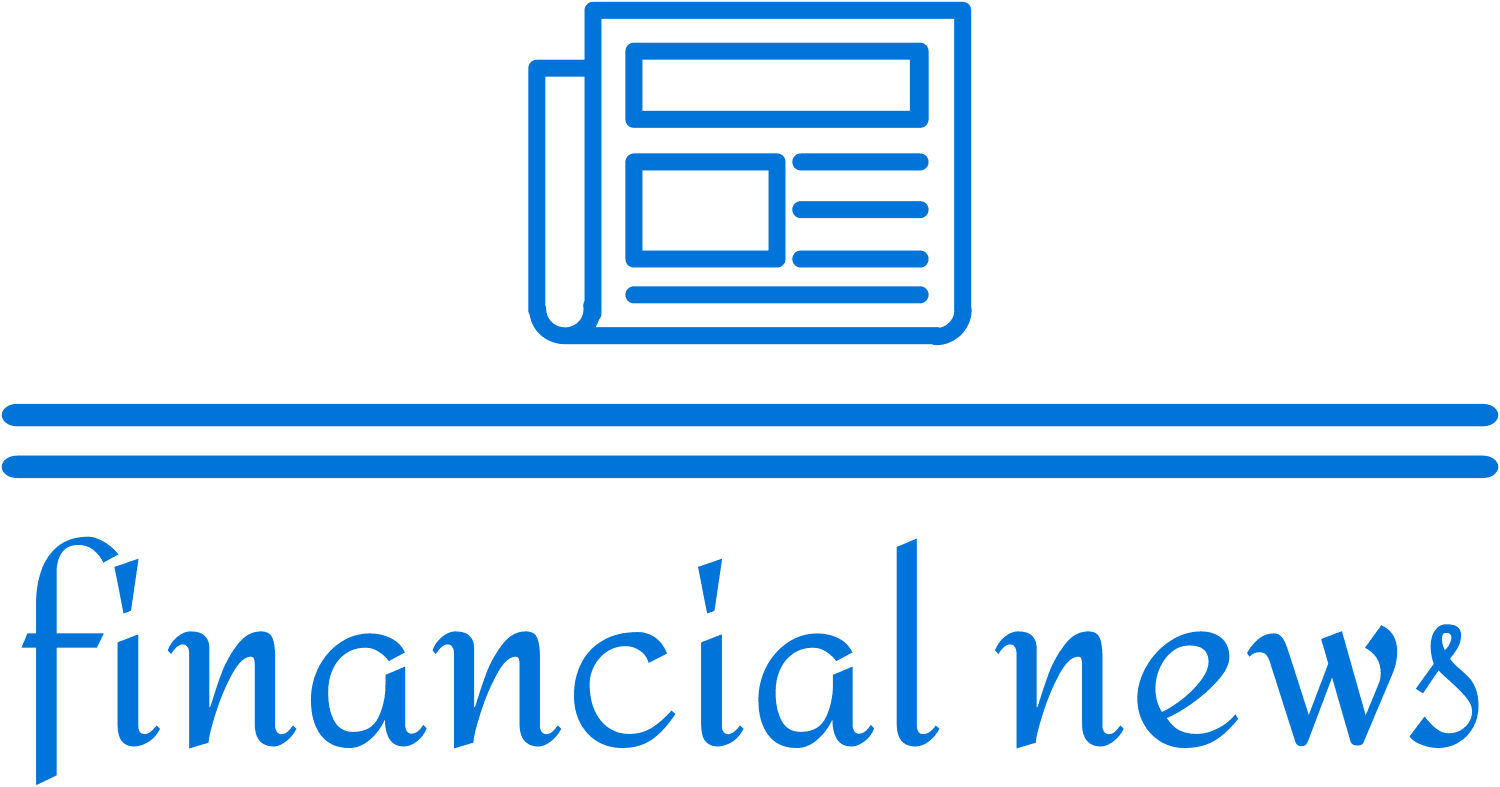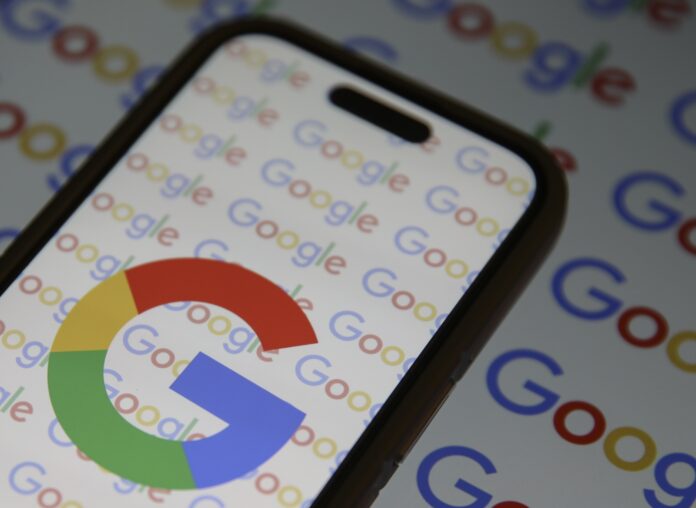This year marks 20 years since Alphabet (GOOGL +0.30%, GOOG +0.33%) launched its IPO. Back then, regulatory issues and pricing pressure lowered the IPO price to a split-adjusted $2.13 per share.
Despite these challenges, Alphabet grew into a major digital advertising company, leading to acquisitions that greatly increased its shareholders’ value. An investor with one pre-split share would have seen substantial gains over the past 20 years.
Alphabet’s Share Growth
If you had bought one share in 2004, you’d now have 40 shares�20 with voting rights (GOOGL) and 20 without (GOOG). This is due to a 2-for-1 stock split in 2014 and a 20-for-1 split in 2022 and would yield nearly $6,700 today, including dividends starting in 2024.
Lessons from Alphabet’s IPO
While Alphabet’s gains might seem small compared to Amazon, whose shares have skyrocketed since its 1997 IPO, Alphabet reached a significant market cap of around $27 billion during its IPO, while Amazon was only at about $450 million.
This difference matters because companies today usually go public at larger valuations. However, Alphabet’s experience shows that investors can still make substantial gains from companies with sizeable market caps if they apply these insights to future tech leaders.
`

